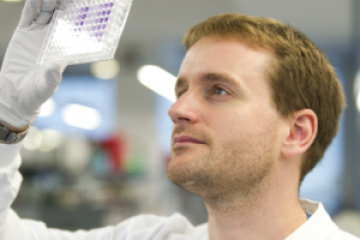Fellowship
In vitro methods for replacement of current in vivo assays for development of drugs against heterogeneous cancer stem cell populations

At a glance
Completed
Award date
November 2012 - October 2015
Grant amount
£195,000
Principal investigator
Dr Adrian Biddle
Institute
Queen Mary University of London
R
- Replacement
Read the abstract
View the grant profile on GtR
